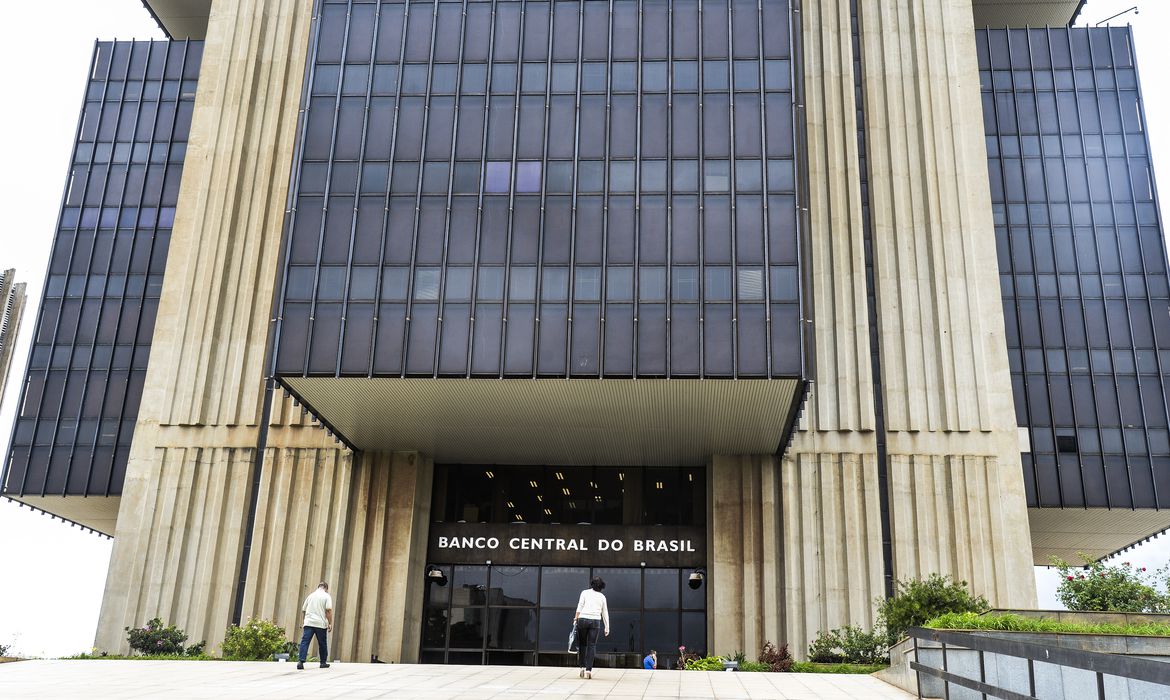Brazil’s government debt fell to a minimum since the beginning of the coronavirus pandemic when fiscal data were favorable, Brazil’s Central Bank (BC) figures showed.
The country’s debt as a percentage of Gross Domestic Product fell to 77.6% in July from 78% in June, the lowest figure since March 2020, when it reached 77.03%.
At the worst moment of the pandemic spending spree, the indicator reached 89% of GDP. According to the central bank, the Brazilian public sector registered a primary surplus of R$20.4 billion (US$3.9 billion) in July, reversing a deficit of R$10.3 billion from the same month last year.

The consolidated public sector data involve the central government (Social Security, the Treasury, and the BC itself), states, municipalities, and state-owned companies. Petrobras, Eletrobras, and public banks, such as Banco do Brasil and Caixa Econômica Federal, are excluded from the account.
The central government surplus reached R$20 billion in July, while states and municipalities had a surplus of R$1.8 billion. On the other hand, state-owned companies had a primary deficit of R$1.3 billion.
In 12 months, meanwhile, the surplus reached the equivalent of 2.48% of GDP in July. In June, the surplus stood at 2.17% of GDP.
The data have been favored by booming fiscal revenues, thanks to higher commodity prices, while central government outlays have been constrained by a constitutional rule on the expenditure ceiling.
The BC took the opportunity to update the elasticities of public sector net and gross debt concerning its main indices. For net debt, a 1% exchange rate devaluation leads to an immediate reduction of 0.14 percentage points of GDP.
For every one percentage point increase in the Selic, maintained for 12 months, there is an increase in debt of 0.39 points. A 1-point increase in inflation, sustained for 12 months, raises debt by 0.19 points.
In the case of gross debt, a 1% exchange rate devaluation generates an immediate increase of 0.10 points.
For every 1-point increase in the Selic, maintained for 12 months, there is a 0.38-point increase in debt.
On the other hand, each 1-point increase in inflation, maintained for 12 months, raises debt by 0.18 points.
With information from Reuters

